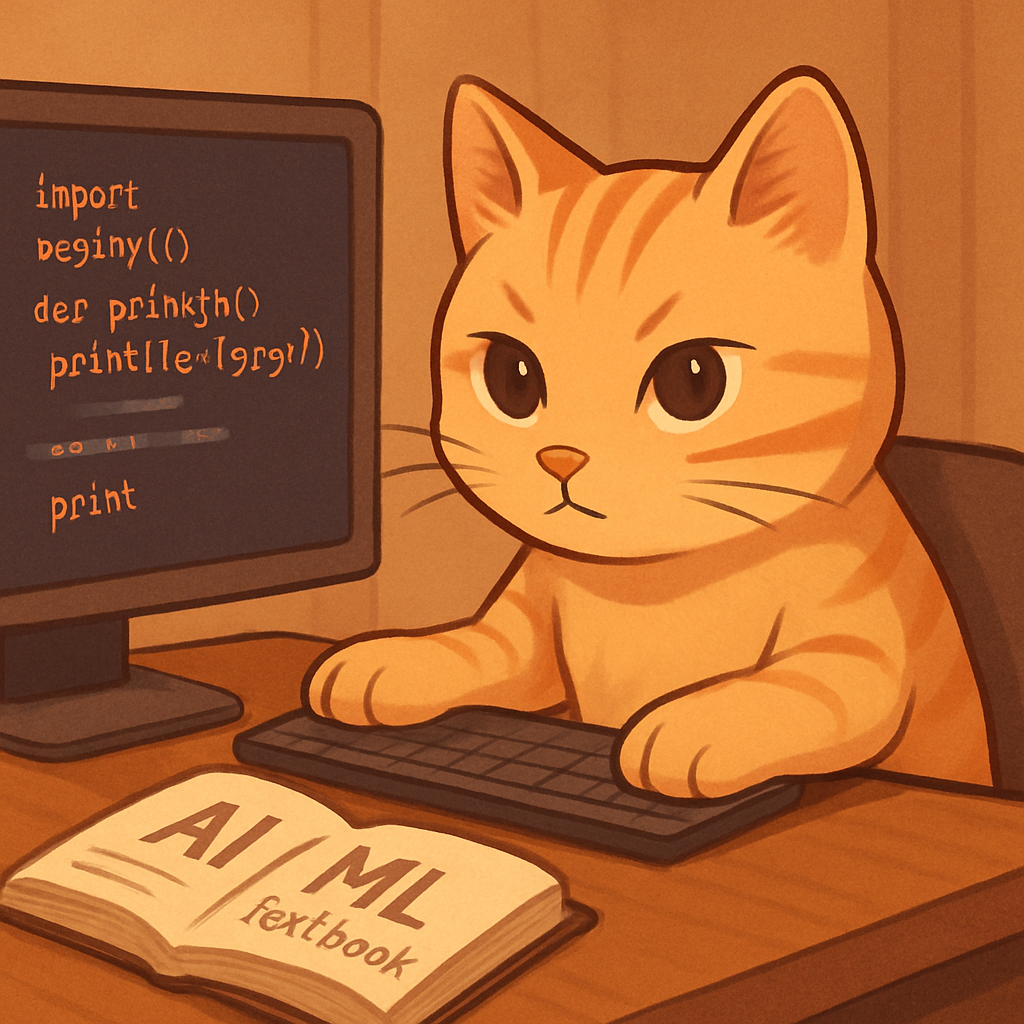Bridging Legacy and Modern: Integrating Kiwoom API with Modern Web Architecture
Why I studied this
I wanted to build a real-time stock volume ranking service using Korean market data from Kiwoom Securities. What seemed like a straightforward API integration project quickly became a complex architectural challenge when I discovered that Kiwoom’s API is fundamentally incompatible with modern web development practices. This forced me to think creatively about bridging legacy desktop applications with contemporary web architecture.
What I did
Understanding the Fundamental Problem
The Kiwoom API presented unique constraints that challenged conventional web development approaches:
The Desktop-Only Limitation
Kiwoom API operates exclusively in a Windows environment using COM (ActiveX) technology, requiring PyQt5 for GUI integration. This means:
- No server deployment capability
- No headless environment support
- No cloud hosting compatibility
- Mandatory GUI thread requirements
My Initial Approach
I first attempted to integrate the API directly into a FastAPI backend, thinking I could run it as a standard web service:
# This approach failed completely
from fastapi import FastAPI
from kiwoom_api import KiwoomAPI # This won't work in server environment
app = FastAPI()
kiwoom = KiwoomAPI() # Requires Windows GUI
@app.get("/volume-ranking")
async def get_volume_ranking():
return kiwoom.get_data() # Fails without PyQt5 event loop
This approach was fundamentally flawed because I was trying to force a desktop application into a server paradigm.
Designing the Bridge Architecture
After understanding the constraints, I developed a middleware solution that acts as a bridge between the desktop API and web application:
The Middleware Concept
I created a PyQt5 application that serves as a local data broker, running alongside the web application and communicating through HTTP endpoints:
# kiwoom_middleware.py
import sys
from PyQt5.QtWidgets import QApplication
from PyQt5.QAxContainer import QAxWidget
import threading
import asyncio
from fastapi import FastAPI
import uvicorn
class KiwoomMiddleware:
def __init__(self):
self.app = QApplication(sys.argv)
self.kiwoom = QAxWidget("KHOPENAPI.KHOpenAPICtrl.1")
self.data_cache = {}
self.setup_api_events()
def setup_api_events(self):
self.kiwoom.OnEventConnect.connect(self.on_event_connect)
self.kiwoom.OnReceiveTrData.connect(self.on_receive_tr_data)
def on_event_connect(self, err_code):
if err_code == 0:
print("Kiwoom API connected successfully")
self.fetch_volume_ranking()
def on_receive_tr_data(self, screen_no, rqname, trcode, record_name, prev_next):
# Process and cache the received data
self.process_volume_data(rqname, trcode)
def fetch_volume_ranking(self):
self.kiwoom.SetInputValue("시장구분", "001") # KOSPI
self.kiwoom.CommRqData("volume_rank", "opt10023", 0, "0101")
# FastAPI component running in separate thread
api_app = FastAPI()
@api_app.get("/api/volume-ranking")
async def get_volume_ranking():
return middleware.get_cached_data()
def run_fastapi():
uvicorn.run(api_app, host="127.0.0.1", port=8000)
if __name__ == "__main__":
middleware = KiwoomMiddleware()
# Run FastAPI in separate thread
api_thread = threading.Thread(target=run_fastapi, daemon=True)
api_thread.start()
# Run PyQt5 main loop
middleware.app.exec_()
Solving the Threading Challenge
The most complex aspect was managing two different event loops simultaneously:
Challenge: PyQt5 requires the main thread for GUI operations, while FastAPI needs to run its async event loop.
Solution: I implemented a thread-safe communication system:
import asyncio
import threading
from queue import Queue
from typing import Dict, Any
class ThreadSafeDataBridge:
def __init__(self):
self.data_queue = Queue()
self.latest_data: Dict[str, Any] = {}
self.data_lock = threading.Lock()
def update_data_from_kiwoom(self, data: Dict[str, Any]):
"""Called from PyQt5 thread"""
with self.data_lock:
self.latest_data.update(data)
self.data_queue.put(data)
async def get_latest_data(self) -> Dict[str, Any]:
"""Called from FastAPI async context"""
with self.data_lock:
return self.latest_data.copy()
def has_new_data(self) -> bool:
return not self.data_queue.empty()
Implementing Real-Time Data Flow
The architecture needed to handle real-time market data updates efficiently:
Data Caching Strategy
class VolumeRankingCache:
def __init__(self):
self.cache = {}
self.last_update = None
self.update_interval = 60 # seconds
def should_refresh(self) -> bool:
if not self.last_update:
return True
return (datetime.now() - self.last_update).seconds > self.update_interval
def update_cache(self, ranking_data: List[Dict]):
self.cache['volume_ranking'] = ranking_data
self.cache['market_status'] = self.get_market_status()
self.last_update = datetime.now()
def get_cached_data(self) -> Dict:
return {
'data': self.cache.get('volume_ranking', []),
'last_update': self.last_update.isoformat() if self.last_update else None,
'market_open': self.cache.get('market_status', False)
}
What I learned
This project taught me several crucial lessons about system integration and architectural thinking:
- Legacy system constraints drive architecture: Sometimes you can’t force modern patterns onto legacy systems - you need to build bridges instead
- Threading complexity in desktop-web hybrids: Managing multiple event loops requires careful coordination and thread-safe communication patterns
- The value of middleware patterns: When direct integration isn’t possible, middleware can provide elegant abstraction layers
- Real-time data challenges: Desktop APIs often weren’t designed for web-scale concurrent access, requiring careful caching strategies
The most important insight was that successful integration often requires abandoning ideal architectures in favor of practical solutions that work within existing constraints.
What I want to do next
- Implement WebSocket connections for real-time frontend updates
- Add comprehensive error handling and recovery mechanisms
- Design a configuration system for different market data requirements
- Create monitoring and logging systems for the middleware
- Explore containerization strategies for the complete system
